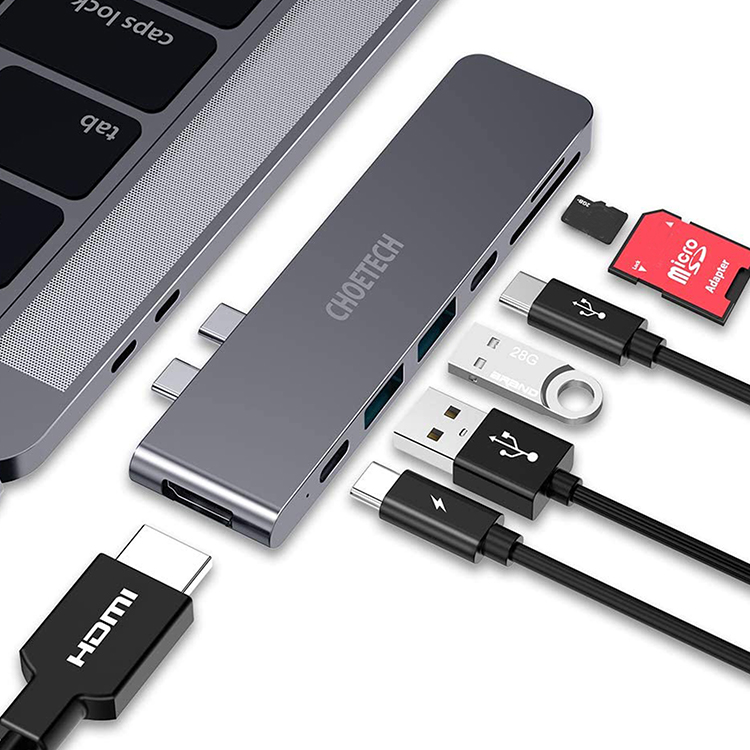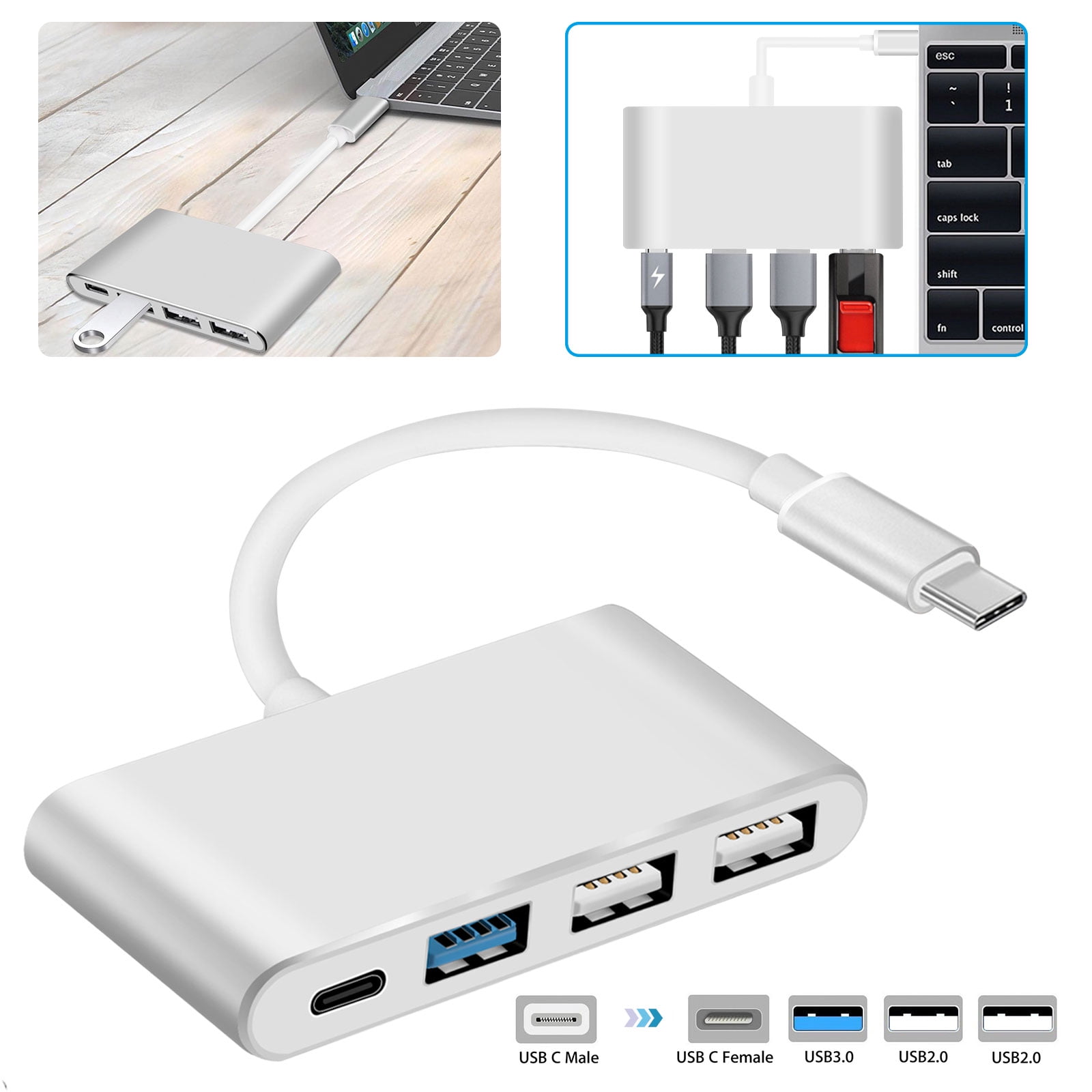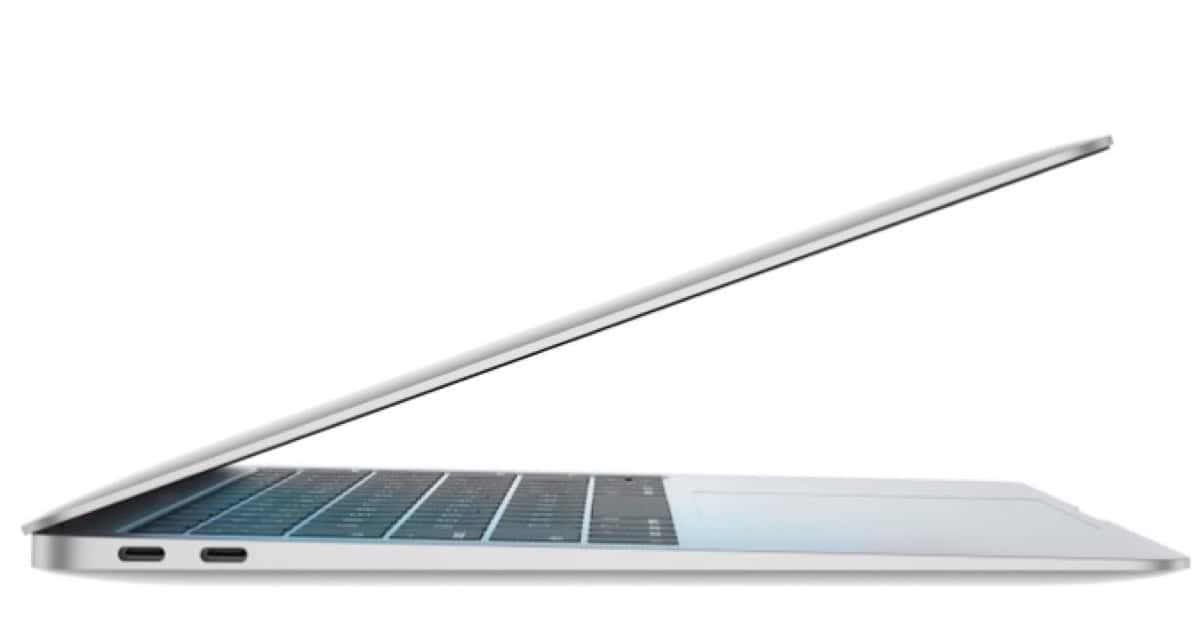
Key characteristics of the USB PD 3.1 specification include: (From here on out it’s useful to know the Volts x Amps = Watts formula – more) We know work began on the project in 2019 or earlier, so this required some forethought.īrad Saunders, chairman of the USB Implementers Forum, told 9to5Mac:Īpple is one of the seven USB Promoter companies that co-sponsors the development of the USB base specifications, including of course the USB Power Delivery specification so it is not a surprise that they would develop a charger that aligns with the newest USB PD R3.1 spec. Powering higher performance laptop computers is clearly once of the primary use cases for the new higher power capabilities of the spec. We’re not even a half a year after revision 3.1 of the USB Power Delivery (USB PD) specification was ratified, and Apple has launched a product using this standard.

We’re likely to see a similar sea change, except this time, it might not just be laptops. Incidentally, HP was the first to introduce a (micro) USB-powered laptop all the way back in 2013. This is reminiscent of when Apple first launched the USB-C MacBook in early 2015 (and Google almost immediately followed days later with their own USB-C charging Pixel Chromebook) and the laptop industry soon all went to USB-C. Apple, which is often tempted into messing with standards is apparently leading the (ahem) charge on USB-C PD R3.1. Other companies have hacked USB-C to get over the 100W limit of USB-C (actually going from 5A to 6.5A instead of a higher voltage). Meanwhile Apple’s Power Adapter Tech Specs leave more than a little to be desired: Regulators are calling it USB PD R3.1 spec. In fact, there isn’t even a cool name for it.

The standard is so new that USB-C cables that are compliant aren’t even on the market yet, and it’s part of the reason you can only charge at that speed with Apple’s $49 USB-C to Magsafe adapter cable, not directly to the USB-C ports that charge below 100W. It’s one of the first such adapters and certainly the first laptop to use the standard.

But what’s hugely more interesting is that it’s USB-C Power Delivery 3.1 compliant.

But this could be the biggest step change in the electronics industry this year.Īpple chose the gallium nitride (GAN, via Verge) format to allow it to be in a smaller package, and that’s certainly something we can get behind. Along with all of the fanfare during yesterday’s MacBook Pro launch, one thing I wasn’t expecting was a 140W USB-C power adapter.


 0 kommentar(er)
0 kommentar(er)
